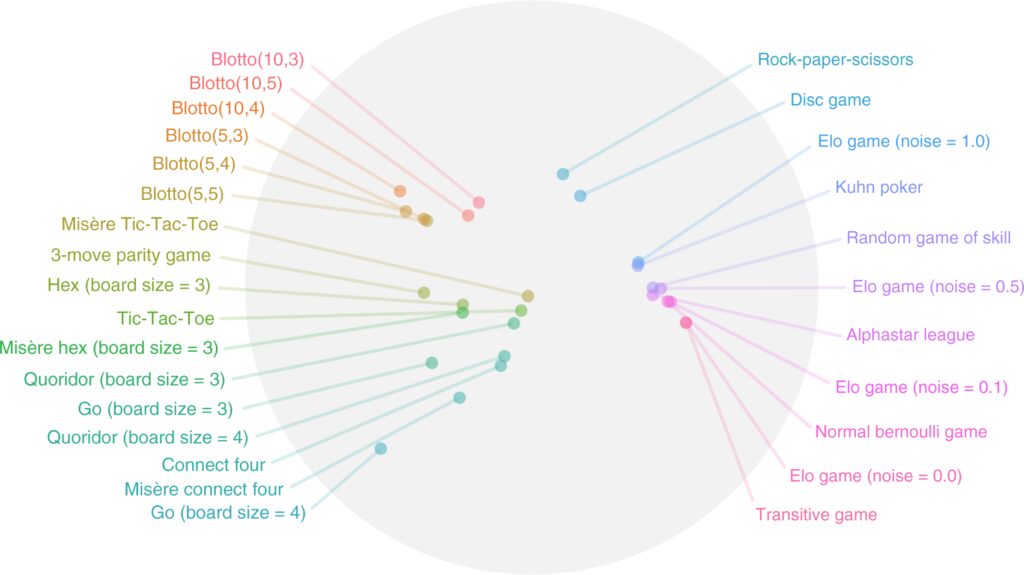This article highlights the key elements of multiplayer game design. It emphasizes the importance of understanding the online gaming community, designing game mechanics to promote social interaction and competition, offering multiple game modes, allowing avatar customization, providing various communication tools, ensuring balanced matchmaking, and implementing monetization strategies that encourage social interaction and competition. By carefully considering these elements, game developers can create engaging and enjoyable multiplayer experiences that foster social connections and player satisfaction.
I. Introduction
Games have always been an interactive medium. Whether it is a board game, a card game, or a video game, there is always some form of social interaction and competition involved. With the increasing popularity of online gaming, Multiplayer Game Design has become a critical aspect of the video game industry. This article will explore the key elements of Multiplayer Game Design, including building social interaction and competition.
II. Understand the online gaming community
Before designing a multiplayer game, it is crucial to understand the online gaming community. The online gaming community is diverse, and it consists of players from various age groups, backgrounds, and locations. Players have different preferences, and they have various ways of playing games. Understanding the community will help you create a game that appeals to a broader range of players.
III. Game Mechanics
Game mechanics refer to the inner workings of the game, including rules, objectives, and challenges. These mechanics will define how players interact with each other and the game environment. The game mechanics need to be designed to promote social interaction and competition. For example, a game that requires players to work together to achieve a goal will encourage social interaction, while a game that pits players against each other will encourage competition.
IV. Game Modes
Game modes refer to the different ways players can play the game. Multiplayer games typically offer multiple game modes that cater to different play styles. Different game modes help ensure the game remains fresh and engaging for players. Some common game modes include team deathmatch, capture the flag, and king of the hill. Each mode encourages particular types of social interactions and competition.
V. Avatar Customization
Avatar customization allows players to personalize their in-game characters. It adds a social element to the game by allowing players to express themselves and interact with each other. Additionally, avatar customization can also impact game mechanics. For example, if players can customize their characters’ appearance, it could impact the game’s stealth mechanics.
VI. Communication
Communication is an essential aspect of Multiplayer Game Design. The game should provide players with various communication tools that allow them to communicate with each other easily. Some common communication tools include voice chat, text chat, and emotes. Voice chat encourages social interaction by facilitating real-time communication, while text chat is ideal for players who prefer a slower pace of interaction.
VII. Matchmaking
Matchmaking refers to the process of pairing players into game sessions. It is essential to ensure that players are matched with players of a similar skill level, and the game mechanics are balanced. Unbalanced matchmaking can lead to frustration and discourage social interaction and competition.
VIII. Monetization
Monetization is the process of making money from the game. It is essential to strike a balance between generating revenue and creating a fair and enjoyable gameplay experience. Monetization strategies should encourage social interaction and competition, such as allowing players to purchase avatar customization options that showcase their accomplishments.
IX. Conclusion
Multiplayer Game Design is a critical aspect of the video game industry. Building social interaction and competition are essential to creating an engaging and enjoyable multiplayer experience. Game mechanics, game modes, avatar customization, communication, matchmaking, and monetization are all elements of Multiplayer Game Design that need to be carefully considered during the game development process. With the right design, online games can create profound social connections and foster competition, leading to more engaged and satisfied players.
